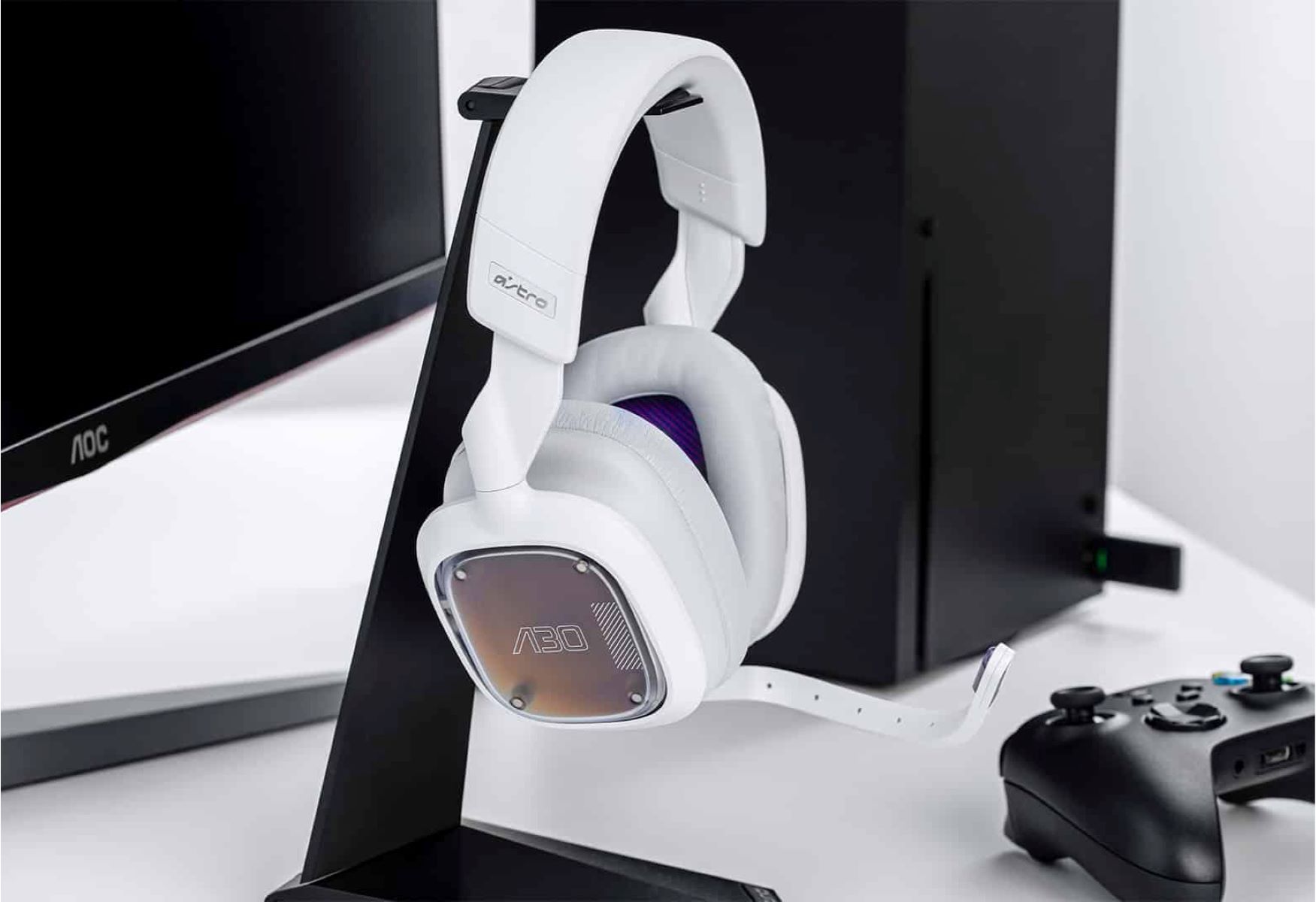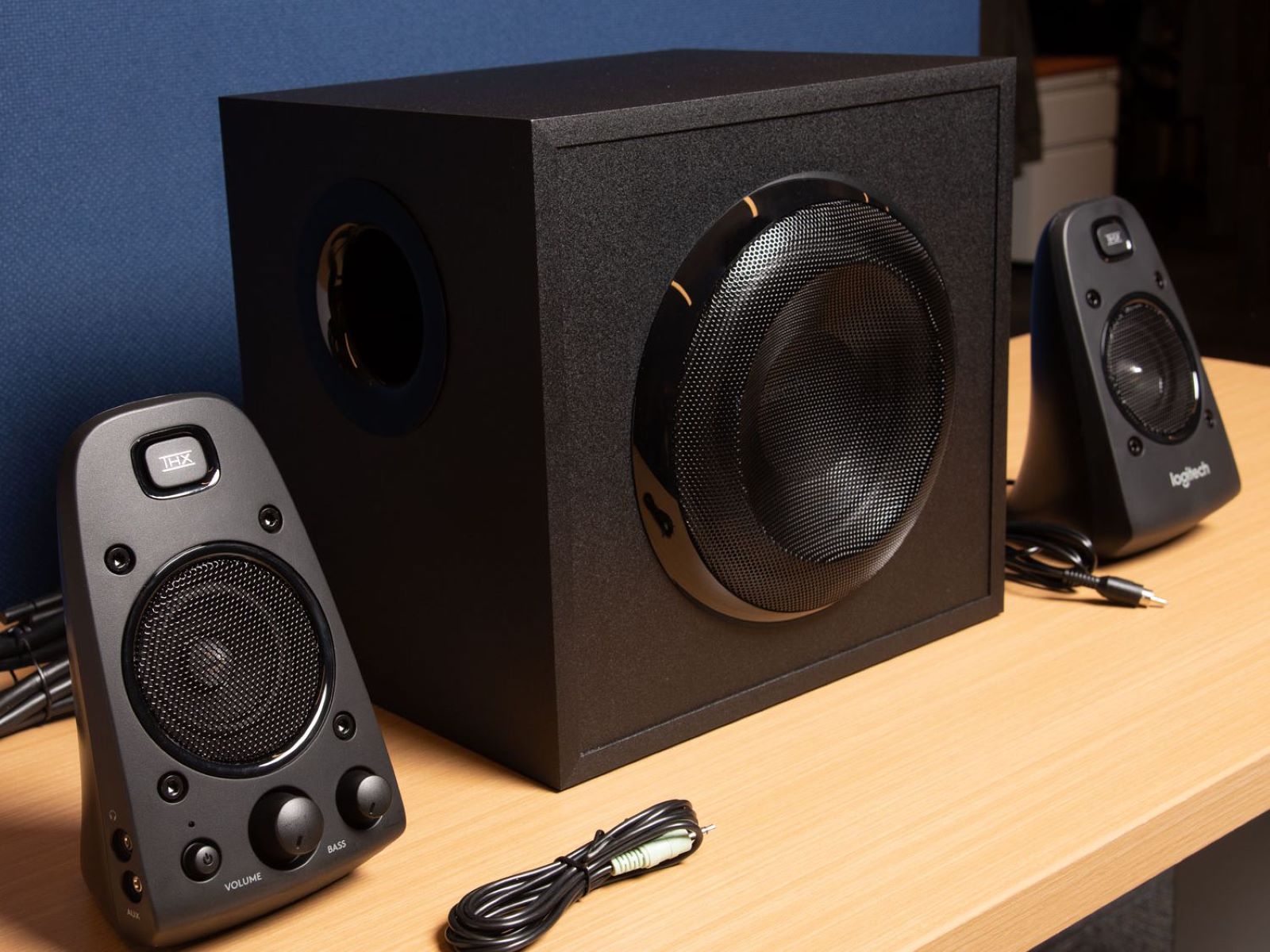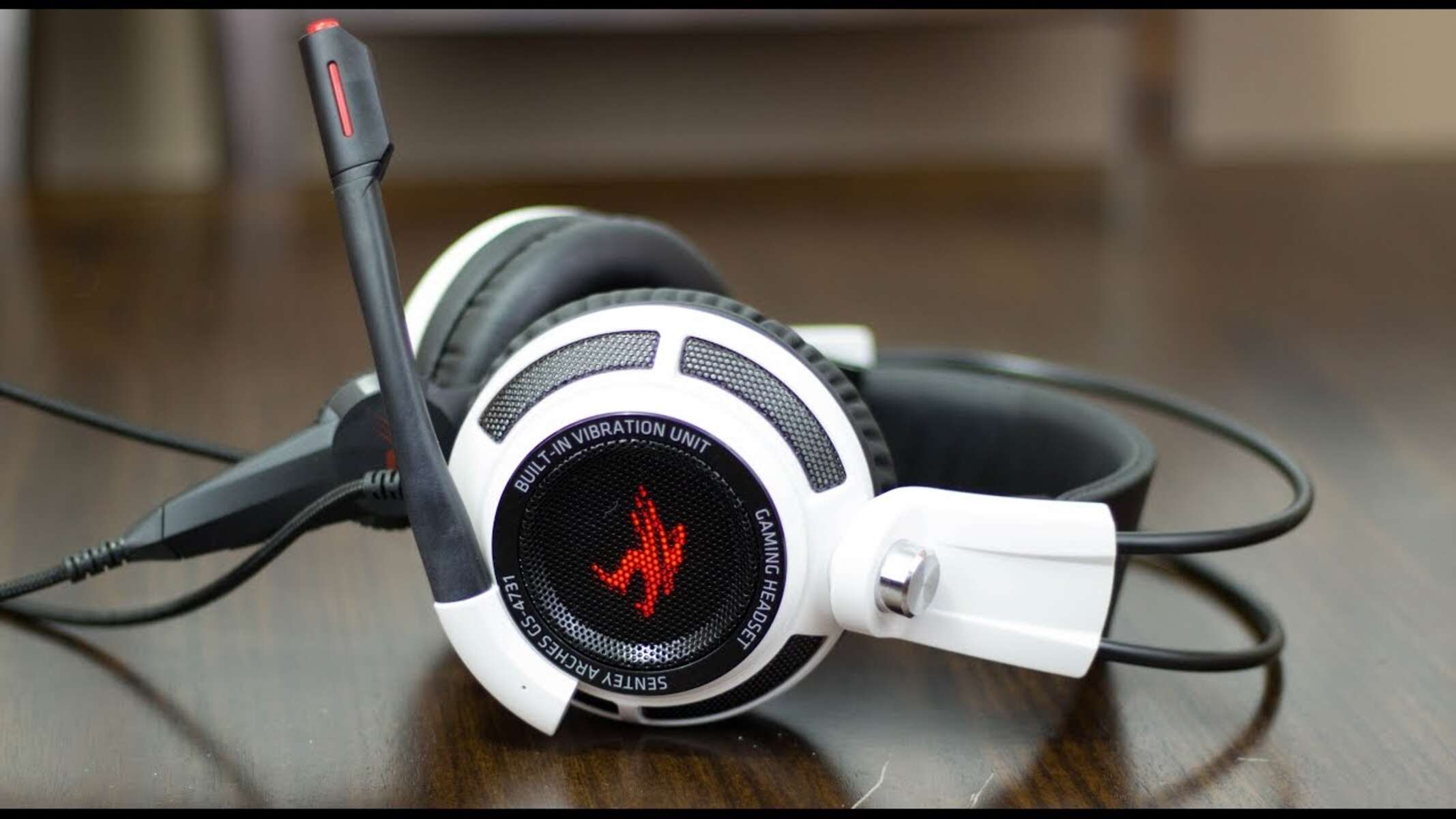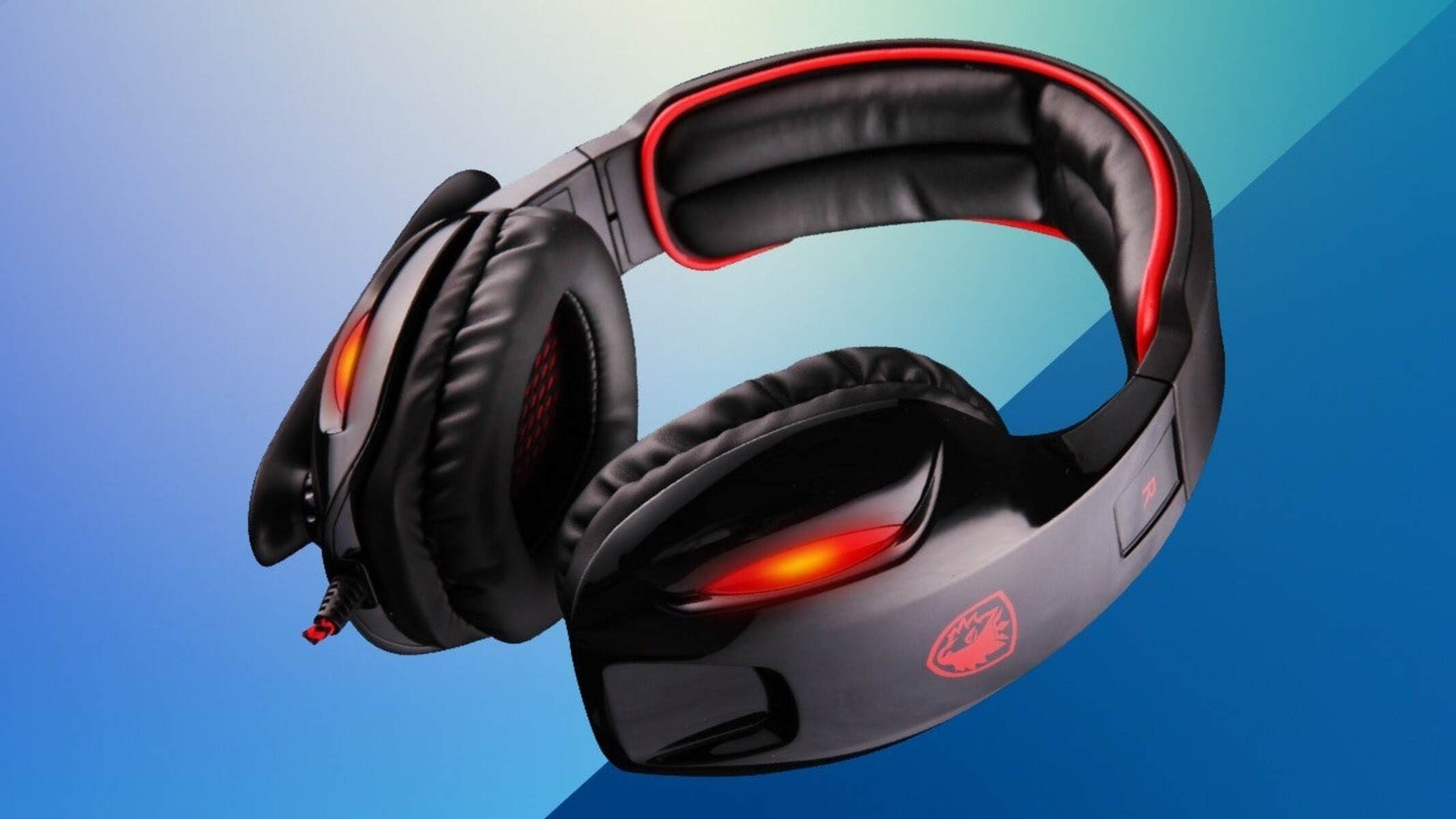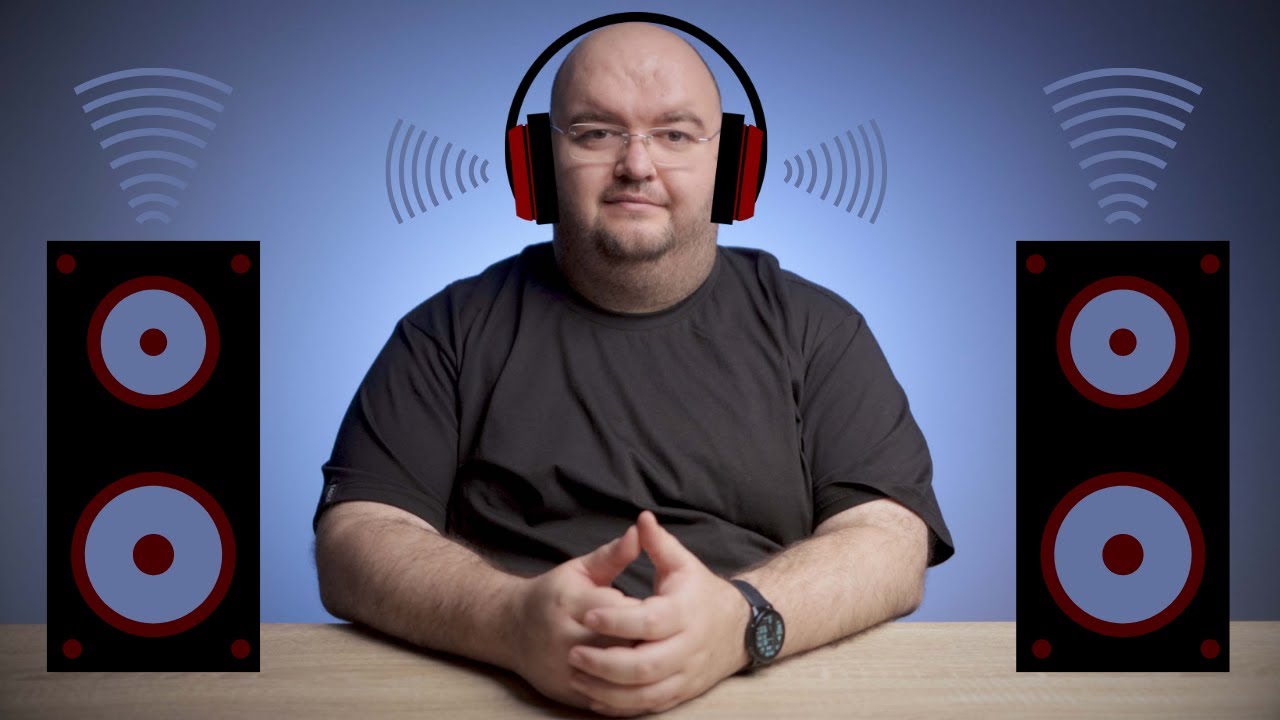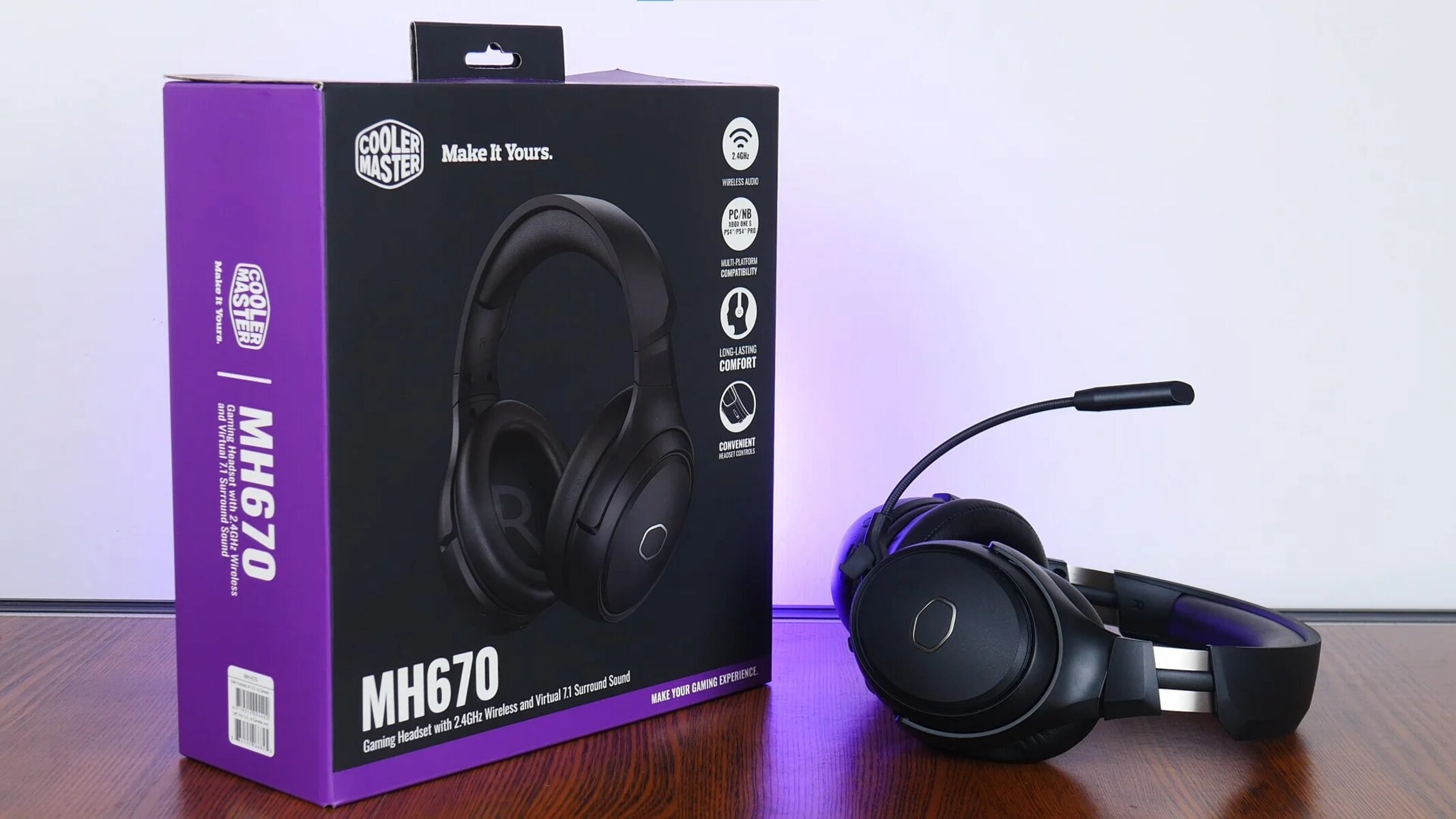Introduction
Are you a gaming enthusiast who also enjoys the immersive experience of high-quality audio from your speakers? If so, you might have wondered if it's possible to connect your gaming headset to your speakers for an enhanced audio experience. Fortunately, with the right equipment and a few simple steps, you can achieve this setup and enjoy the best of both worlds.
In this guide, we'll explore the process of connecting your gaming headset to your speakers, allowing you to seamlessly switch between the two audio output options without the hassle of unplugging and re-plugging cables. Whether you're playing intense multiplayer games, enjoying your favorite music, or watching movies, having the flexibility to switch between your gaming headset and speakers can significantly enhance your overall audio experience.
By following the steps outlined in this guide, you'll be able to seamlessly integrate your gaming headset with your existing speaker setup, creating a versatile audio environment that caters to your diverse entertainment needs. So, let's dive into the process and discover how you can easily connect your gaming headset to your speakers for a more immersive and enjoyable audio experience.
Step 1: Checking the Compatibility of Your Gaming Headset and Speakers
Before embarking on the process of connecting your gaming headset to your speakers, it’s crucial to ensure that both your gaming headset and speakers are compatible with the connection method you intend to use. Compatibility is key to achieving a seamless and efficient audio setup that delivers the best possible sound quality.
Firstly, check the specifications of your gaming headset and speakers to determine if they support the necessary input and output connections. Most modern gaming headsets utilize a standard 3.5mm audio jack or USB connection for audio output, while speakers typically feature a range of input options, including 3.5mm audio jacks, USB, or Bluetooth connectivity.
When assessing compatibility, consider the following factors:
- Input and output connections: Verify that your gaming headset and speakers share at least one common input or output connection option, such as a 3.5mm audio jack or USB port.
- Audio source support: Ensure that your gaming headset and speakers are designed to receive audio signals from the same source, such as your computer, gaming console, or mobile device.
- Driver and software compatibility: If your gaming headset or speakers require specific drivers or software for optimal functionality, ensure that they are compatible with each other and with your operating system.
Additionally, if you plan to connect your gaming headset to your speakers via a separate audio interface or mixer, ensure that both devices are compatible with the interface and that the necessary input and output connections are available.
By thoroughly checking the compatibility of your gaming headset and speakers, you can avoid potential issues such as audio distortion, connectivity problems, or mismatched input/output configurations. Once you’ve confirmed compatibility, you can proceed with confidence to the next step of connecting your gaming headset to your speakers.
Step 2: Connecting the Gaming Headset to the Speakers
Once you’ve verified the compatibility of your gaming headset and speakers, you can proceed to connect the two devices to create a unified audio setup that offers the flexibility to switch between your gaming headset and speakers seamlessly.
Follow these steps to connect your gaming headset to your speakers:
- Identify the audio output source: Determine the primary audio output source, such as your computer, gaming console, or mobile device. This will serve as the source for both your gaming headset and speakers.
- Locate the audio input on your speakers: Identify the input port on your speakers, which could be a 3.5mm audio jack, USB port, or Bluetooth connection, depending on the type of speakers you have.
- Choose the connection method: Depending on the available input options on your speakers and gaming headset, select the appropriate connection method. If both devices use a 3.5mm audio jack, you can use a 3.5mm audio cable to establish the connection. For USB-compatible devices, use a USB cable to connect the gaming headset to your computer or a USB port on the speakers, if available.
- Connect the gaming headset: Plug the audio output cable from your gaming headset into the corresponding input port on your speakers. If your speakers feature multiple input options, ensure that you select the correct input source for the connected gaming headset.
- Configure audio settings: On your audio source device, such as your computer or gaming console, adjust the audio output settings to ensure that the sound is routed to both the gaming headset and speakers simultaneously. This may involve accessing the sound settings and enabling dual audio output or selecting the appropriate audio playback devices.
It’s important to note that the specific steps for connecting your gaming headset to your speakers may vary based on the make and model of your devices. Refer to the user manuals or online resources provided by the manufacturers for detailed instructions tailored to your equipment.
By carefully connecting your gaming headset to your speakers, you can create a unified audio setup that offers the convenience of switching between the two output options without the need for constant cable swapping or device reconfiguration.
Step 3: Testing the Connection
After connecting your gaming headset to your speakers, it’s essential to test the audio setup to ensure that both devices function harmoniously and deliver the expected audio output. Testing the connection allows you to identify any potential issues and make adjustments to optimize the audio experience.
Follow these steps to test the connection between your gaming headset and speakers:
- Play audio through the gaming headset: Start by playing audio through your gaming headset to confirm that the sound is being transmitted effectively from the audio source, such as your computer or gaming console, to the headset. Verify that the audio quality is clear and free from distortion.
- Switch to speaker output: Next, switch the audio output from your gaming headset to the connected speakers. Ensure that the sound is being transmitted to the speakers without any issues and that the volume levels are consistent with your preferences.
- Test simultaneous output: If your setup allows for simultaneous output to both the gaming headset and speakers, play audio through both devices simultaneously to confirm that the audio is synchronized and that there are no latency issues.
- Adjust audio settings: If you encounter any audio discrepancies or imbalances between the gaming headset and speakers, adjust the audio settings on your source device to fine-tune the output levels and audio balance.
- Test microphone functionality (if applicable): If your gaming headset includes a microphone, test its functionality to ensure that it captures clear audio input and that it integrates seamlessly with the audio playback through the speakers.
During the testing phase, pay attention to the overall audio quality, synchronization between the gaming headset and speakers, and the ease of switching between the two output options. If you encounter any issues during testing, revisit the connection setup and audio settings to troubleshoot and resolve any discrepancies.
By thoroughly testing the connection between your gaming headset and speakers, you can fine-tune the audio setup to meet your specific preferences and ensure a seamless transition between the two audio output options, enhancing your overall audio experience.
Conclusion
Connecting your gaming headset to your speakers can significantly enhance your audio experience, offering the flexibility to seamlessly switch between personal immersive gaming sessions and shared audio enjoyment through high-quality speakers. By following the steps outlined in this guide, you can create a versatile audio setup that caters to a wide range of entertainment activities, from gaming and music listening to movie watching.
By first checking the compatibility of your gaming headset and speakers, you ensure that the devices can effectively communicate and share audio signals without encountering connectivity or functionality issues. Verifying the input and output connections, audio source support, and driver compatibility sets the stage for a successful integration of your gaming headset with your speakers.
Once compatibility is confirmed, the process of connecting your gaming headset to your speakers involves identifying the audio output source, choosing the appropriate connection method, and configuring the audio settings to enable simultaneous output to both devices. This seamless integration allows for a hassle-free transition between the gaming headset and speakers, enhancing the overall convenience of your audio setup.
Testing the connection between your gaming headset and speakers is crucial to identifying any audio discrepancies, ensuring synchronized output, and fine-tuning the audio settings to meet your preferences. Through thorough testing, you can optimize the audio experience and address any potential issues that may arise during the initial setup.
By integrating your gaming headset with your speakers, you create a dynamic audio environment that adapts to your diverse entertainment needs, offering a balance of personal immersion and shared audio enjoyment. Whether you’re engaging in intense gaming sessions, enjoying music with friends, or immersing yourself in cinematic experiences, the ability to seamlessly switch between your gaming headset and speakers adds a new dimension to your audio setup.
Embrace the versatility and convenience of a connected gaming headset and speakers, and unlock the full potential of your audio experience across various entertainment scenarios.







